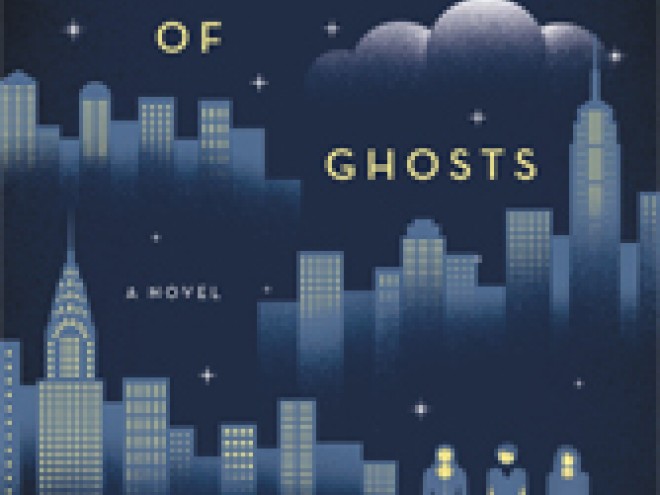It is not giving the story away if you know right off that one of three American sisters living together in Manhattan has a tattoo wrapped around her calf that says, “the sins of the fathers are visited upon the children to the 3rd & 4th generations”; or that the sisters, the only known surviving fourth generation, have begun writing a “memoir”; or that in reality this volume is a suicide note, a pact between the sisters, to be enacted on December 31, 1999.
One might think, that’s it, what else is there to know, and put this book down. Keep reading! The sins that transcend the generations and weigh on the women are deep, complicated, and provocative. The story of four generations of the Alter family begins just after the unification of Germany, led by Otto Bismarck, with the lasting issues of religion vs. nationalism, intellectual pursuits of the highest caliber, scientific achievements of unfathomable proportion, parental expectations, love offered and withheld, love lost, intense grief, and ultimately the overpowering weight of guilt.
The family tree — usefully supplied at the beginning of the book — is large. It starts with Heinrich Alter as he watches his hero Bismarck march down the boulevard filled with Heimat (love of homeland). Being Jewish is Heinrich’s culture, but being German is his faith. His son, Lenz (named Lorenz Otto Alter in honor of the “blond beast”), will go on to be credited with the development of nitrogen synthesis, fertilizer, pesticides, chlorine gas, Zyklon — which became Zyklon B, the odorless gas used to exterminate the Jews in the gas chambers. History will debate Lenz’s role: patriot or a monster? A savior or a slayer?
Lenz’s son Richard and his family survive the Holocaust via Paris, Haiti, and finally New York, but never escape the paralyzing guilt of their father’s work, wittingly transferring this burden onto the next generations.
Sisters Lady, Vee, and Delph have journeyed to their suicide destinations not only carrying the burden of their history, but defeated by personal circumstances beyond repair. Strong as their bond is, we hope upon hope that some rational thought, hidden strength, or mighty intervention will change the end.
As the author tells us, the characters are fictional, but some characters and events are inspired by real people and events. Lenz is modeled after Fritz Haber, the German-Jewish scientist who developed the infamous and horrific chemical gas. Albert Einstein, who makes an interesting appearance, his family, and their relationships are based on historical information.
Judith Claire Mitchell has given us an intense and memorable tale, filled with quirky, ironically amusing, but always compelling characters.
Related content:



